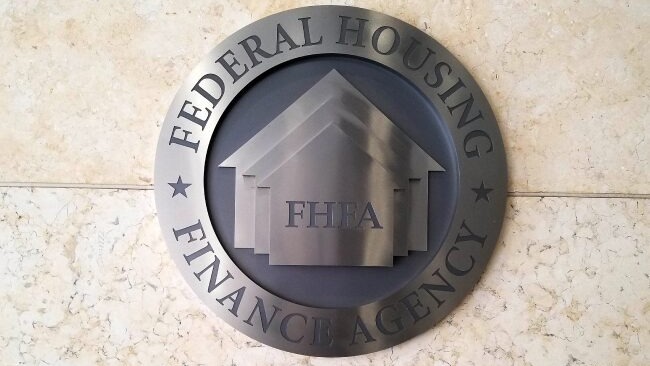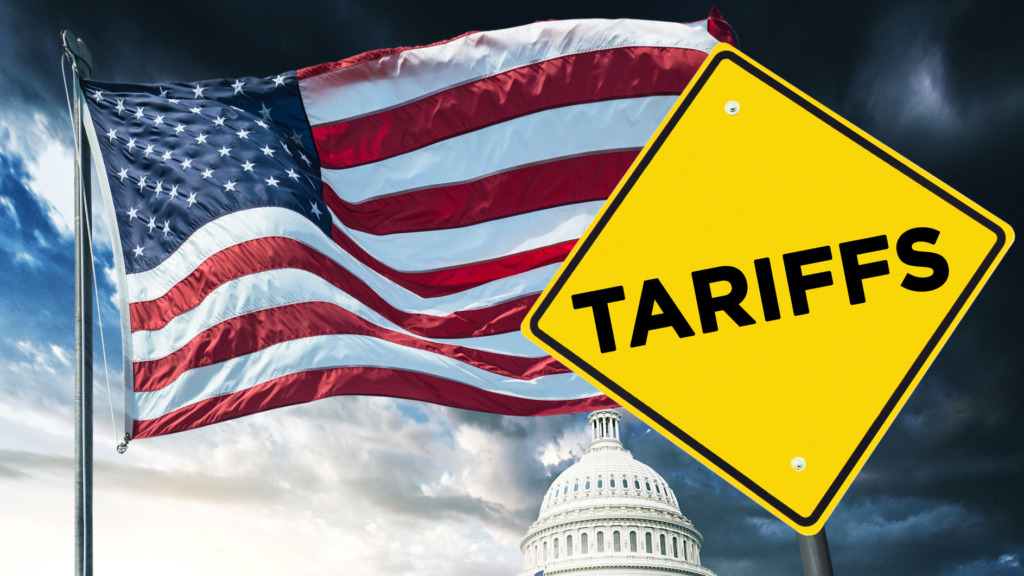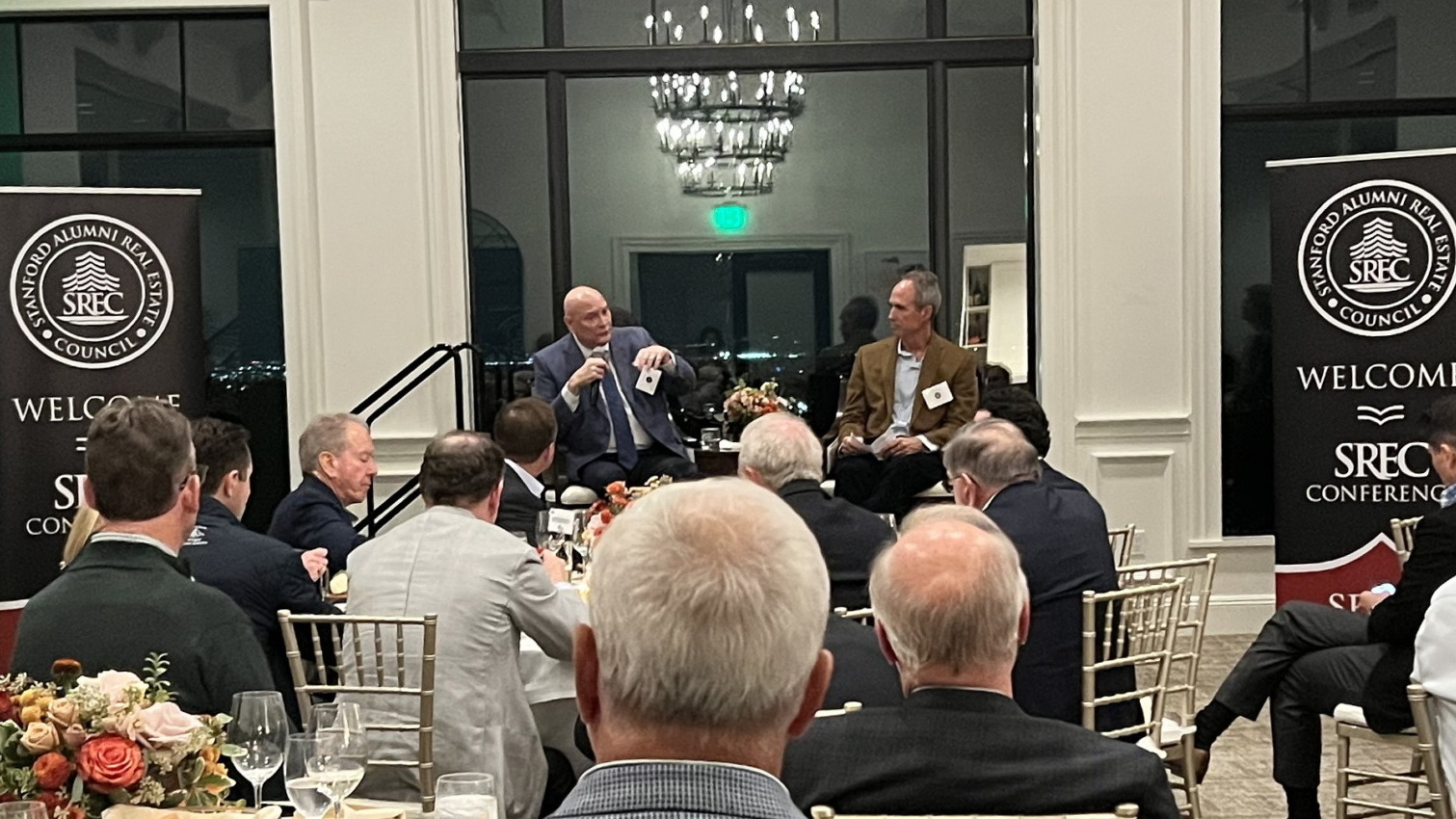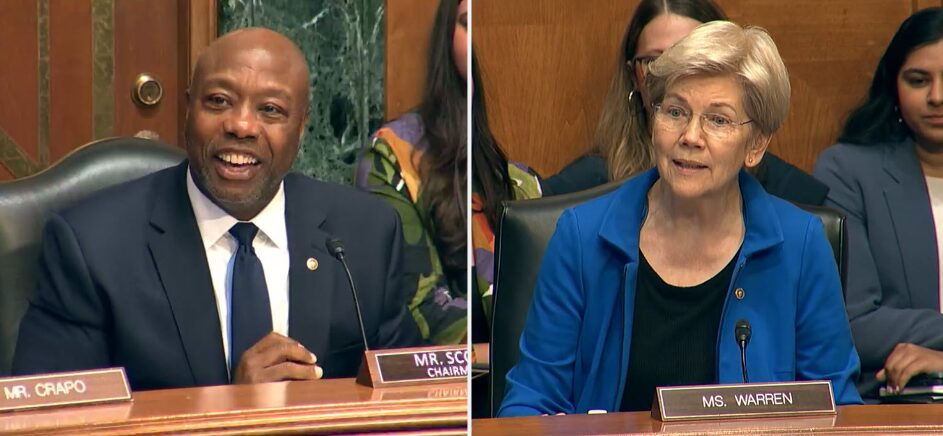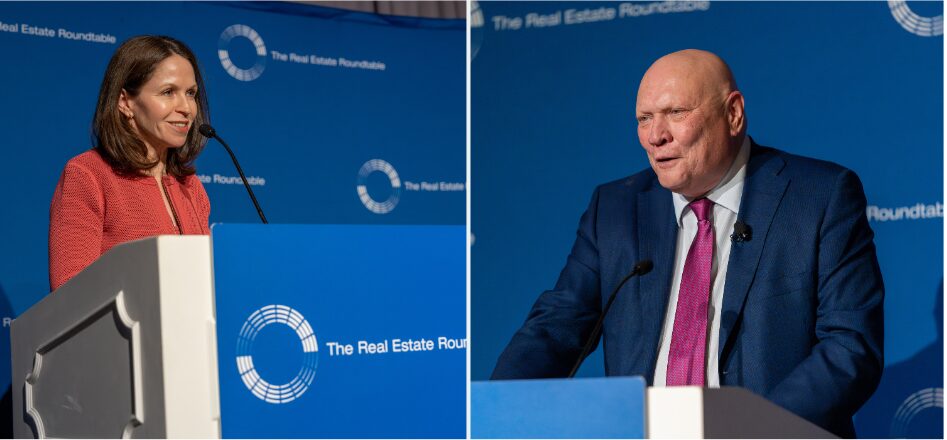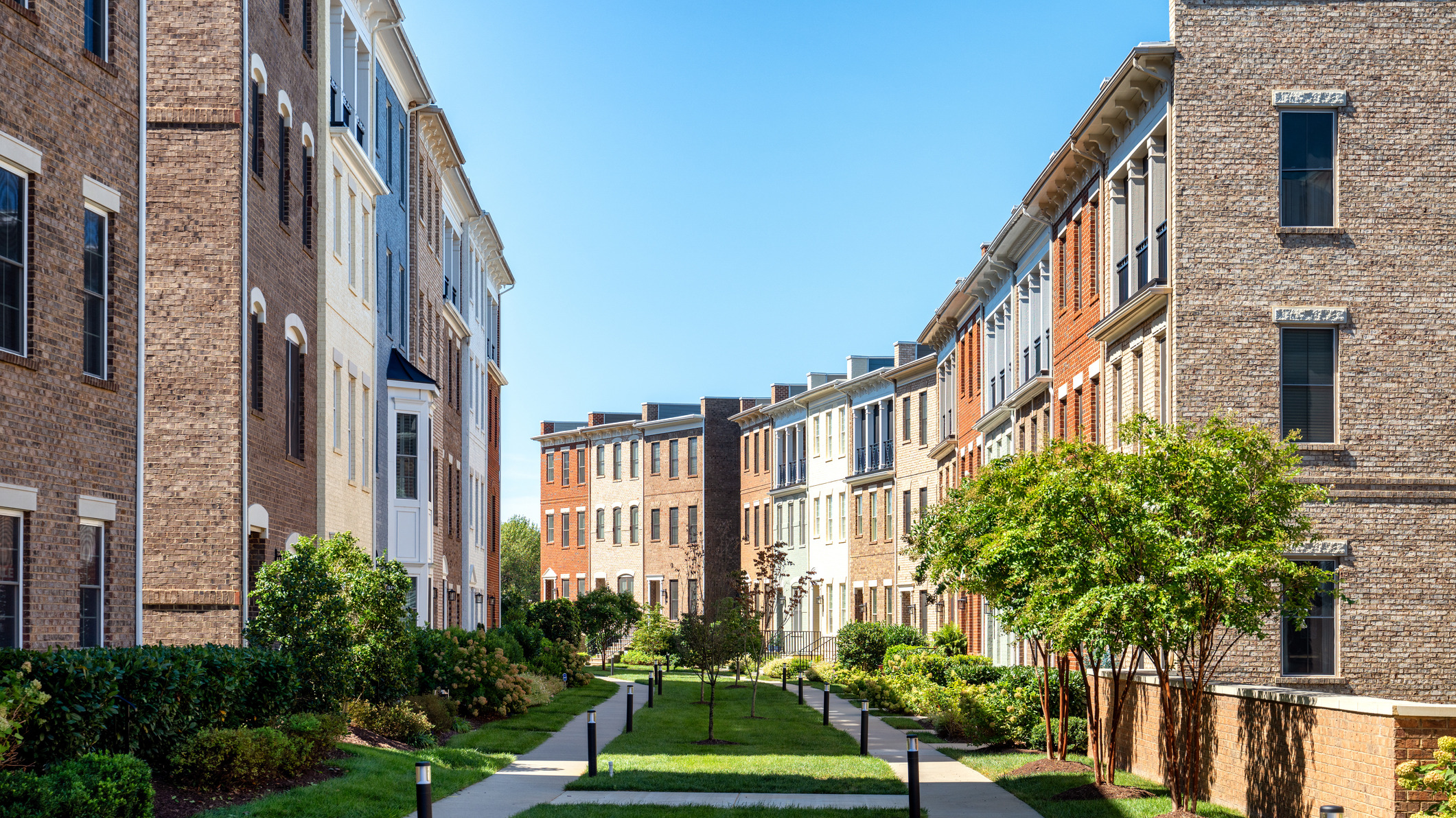
This week, the House Financial Services Committee (HFSC) advanced 20 bills during a two-day markup session—including the bipartisan Housing for the 21st Century Act (H.R. 6644), which contains numerous reforms championed by The Real Estate Roundtable (RER) and a coalition of national real estate and housing organizations. (Letter, Dec. 15)
Comment Letter Highlights
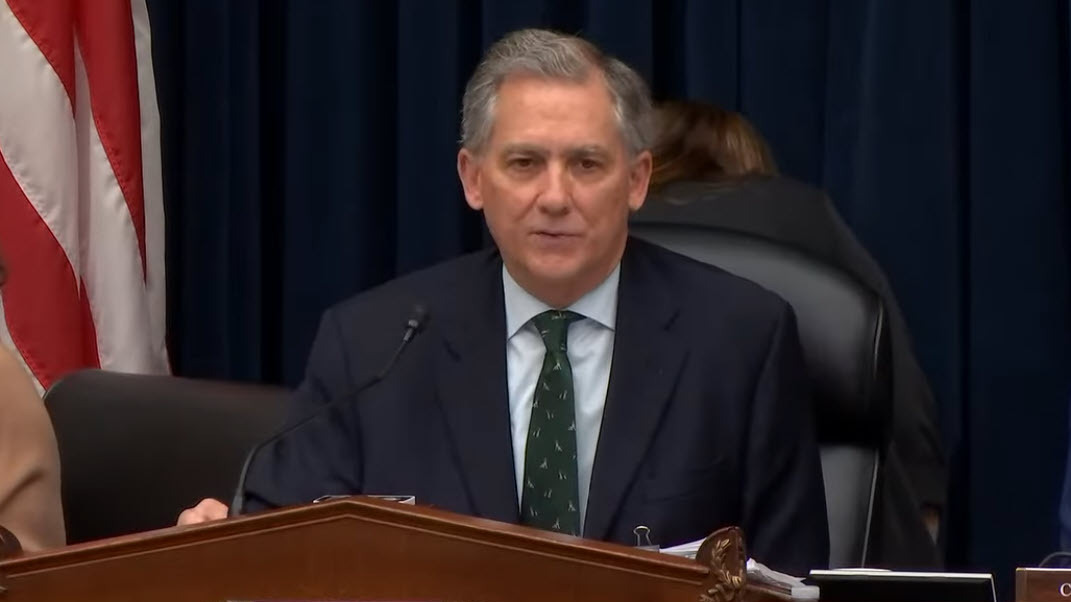
- Ahead of the two-day markup session, RER and a coalition of 11 other housing, finance, and real estate groups sent a letter to HFSC Chair French Hill (R-AR), Ranking Member Maxine Waters (D-CA), and housing subcommittee leaders expressing support for the Housing for the 21st Century Act and the committee’s broader efforts to expand affordable housing. (Letter, Dec. 15)
- The coalition commended the committee’s bipartisan approach and highlighted H.R. 6644 as a “meaningful step toward addressing one of the most urgent challenges facing our nation: expanding housing supply for both renters and homeowners and improving affordability for working families.”
- The letter focused on key provisions of the HFSC’s bill, such as modernizing and streamlining federal housing programs, removing unnecessary federal requirements, expanding financing pathways, promoting manufactured housing as cost-effective solutions, and more.
- The coalition also warned that housing affordability is driven by sustained underproduction, rising construction costs, regulatory delays, and outdated standards, and emphasized that no single policy change can address these pressures alone.
Housing for the 21st Century Act Advances

- Co-sponsored by Chair Hill and Ranking Member Waters, the Housing for the 21st Century Act received near-unanimous support this week—with the Committee voting 50-1 for its passage.
- The Housing for the 21st Century Act incorporates some elements of the bipartisan ROAD to Housing Act, which was approved by the Senate in October before stalling after House Republicans signaled they wanted more scope to advance their own housing legislation. (Roundtable Weekly, Dec. 12)
- A key feature of the House’s bill is an update to the HOME Investment Partnerships Program aimed at reducing red tape and expanding eligibility.
- The bill also streamlines environmental review rules and enhances oversight of housing providers, among a range of other reforms.
- Chair Hill called the bill “historic” and said that it will “get to the root of the housing affordability challenges our country has experienced for the last several years.” (Chair Hill Press Release, Dec. 17)
- The measure is now expected to go to a House floor vote in early 2026. (Housing Wire, Dec. 17)
NFIP Reauthorization Advances

- Additionally, the HFSC advanced the NFIP Extension Act of 2026 (H.R. 5577) to reauthorize the National Flood Insurance Program through Sept. 30, 2026.
- While lawmakers emphasized the need for long-term reform, there was broad consensus that avoiding a lapse is essential ahead of the program’s Jan. 19 expiration.
- RER has consistently supported long-term NFIP authorization and program reform.
RER will continue to engage with policymakers in support of legislation that increases housing supply and ensures that property owners can access the insurance protection that they need from increasingly costly natural disasters.

